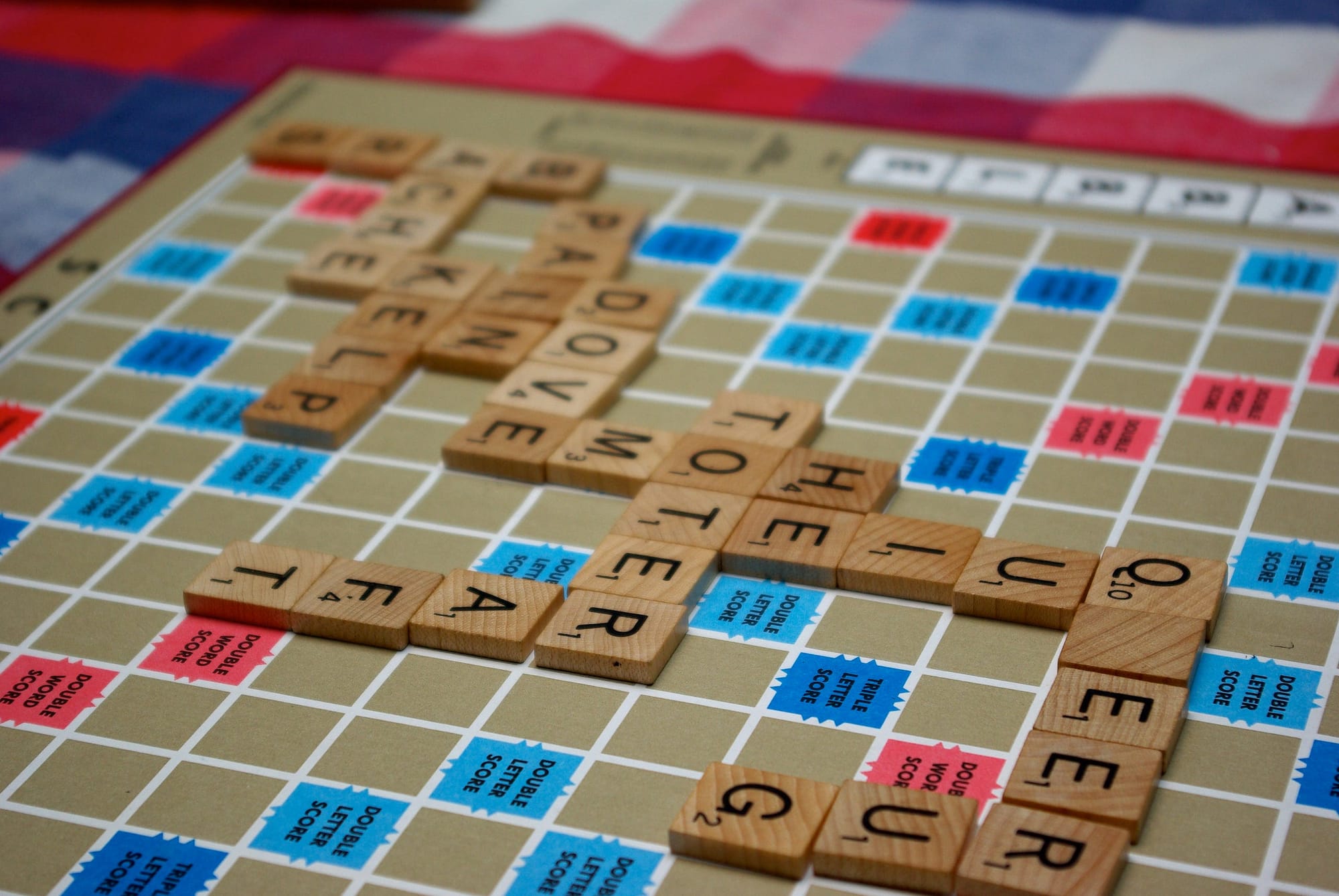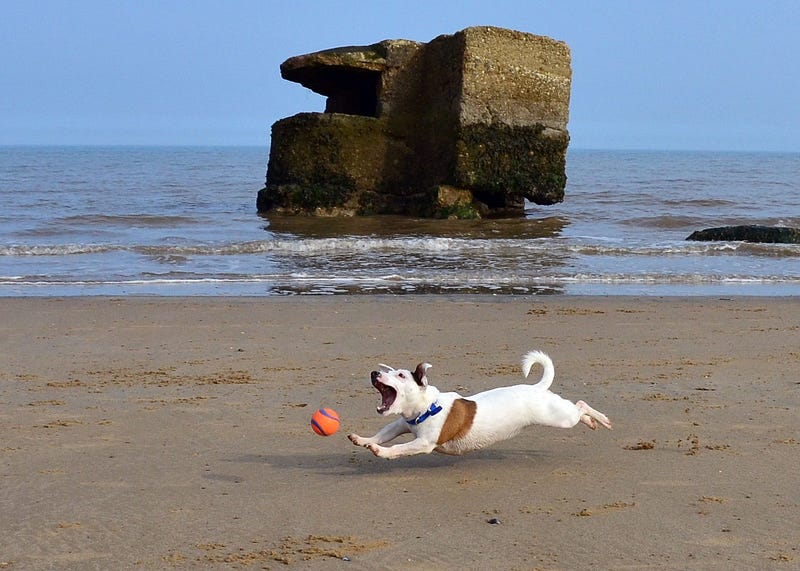
Welcome back to Nature Stories. I hope you haven’t missed me too much. At the end of last season, I mentioned that looking into corvid tool use inspired the topic for Season 6, but I left you with a bit of a cliffhanger. Now, I am happy to announce the next topic we’ll be covering: play.
This single word has a host of connotations associated with it in our minds. It is usually classified as a voluntary act associated with some form of recreational pleasure or enjoyment. The act of play itself may at first glance appear to have little or no intrinsic value. It can be easy to dismiss certain types of play as ‘childish’ or ‘frivolous’, especially in regards to human adults. However, I would disagree with such an assessment. For example, the above picture features the popular word-based board game Scrabble, a favorite of my family growing up. This game requires a variety of skills, not just a knowledge of words but also spacial strategies in order to take advantage of point multipliers on the board. Even for less cerebral types of play, I believe that the enjoyment of the activity itself gives it more than enough value.
Play can be seen in a variety of non-human animals, especially mammals, and is often considered a marker of intelligence. Young animals will engage in play for many of the same reasons that human children do: to aid in their development, help them learn new skills, improve socialization, or just to have fun. That last bit may sound like I’m not taking my own advice and anthropomorphizing animal behavior. But, keep in mind that certain attributes and reactions can be broken down on a chemical level. Feelings of pleasure can be traced to the release of certain neurotransmitters in the brain. These are specialized chemicals that allow for the transmission of signals between nerve cells. These chemicals are not unique to humans, and so the feeling of pleasure derived from fun can likewise be seen in other species.

This season, we’re going to look at a variety of different species that engage in play. We’ll compare their methods and the potential benefits derived from each example. I also intend to cover some newer territory for Nature Stories, as we take an in-depth look at some human play. After all, one of the reasons why I write these is to remind people that we aren’t separate or apart from the natural world, no matter how easy it can be to think so with or vast knowledge and incredible technology. However, for this season’s first story, I don’t intend to keep you in suspense any longer. I’ll finally explain how my research into tool-making by crows gave me the idea to discuss play in animals.